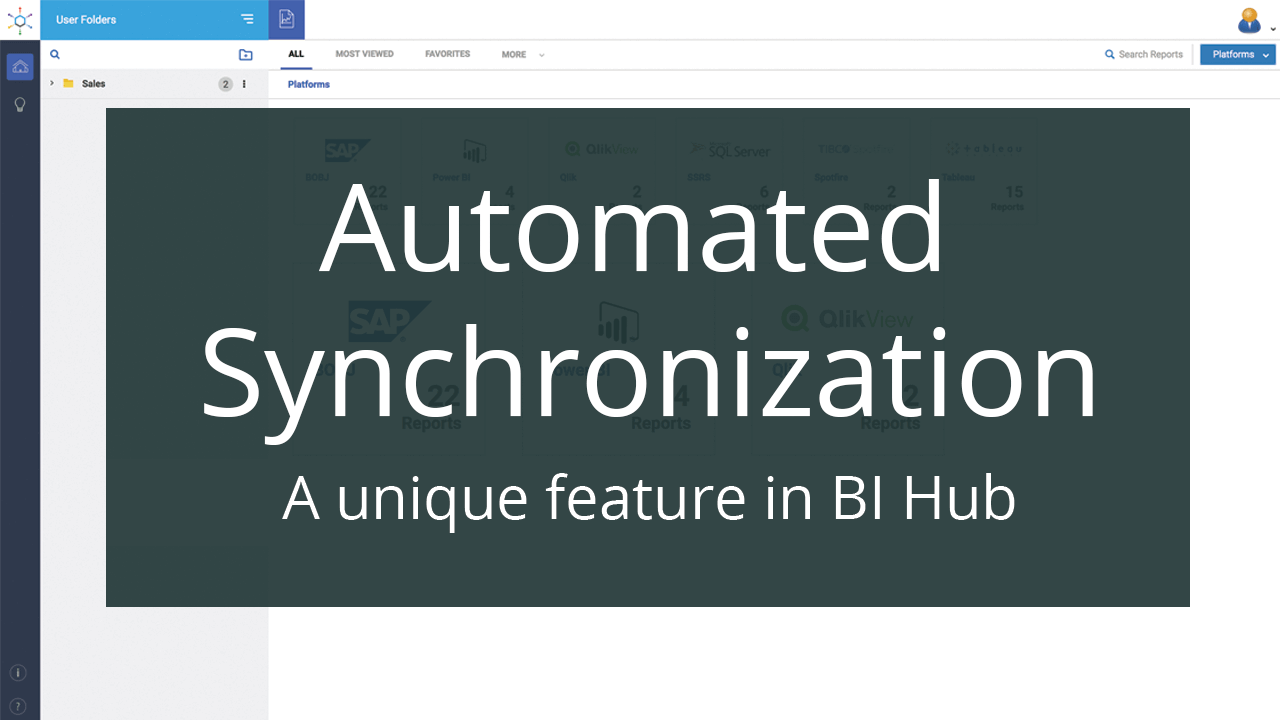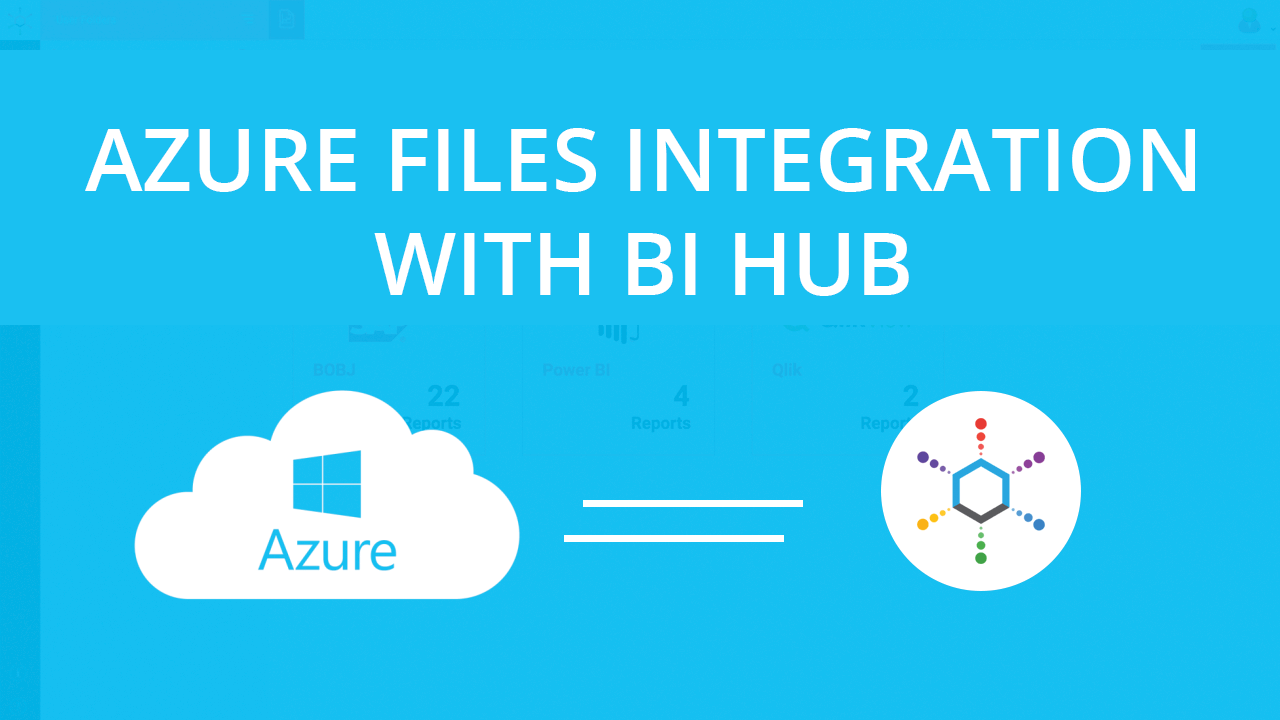Enterprises nowadays deploy multiple BI tools to analyze data in order to make important business decisions. When the number of BI tools increases, business users find it difficult to make the best use of BI assets which are scattered across the organization. This leads to lower user adoption of BI reports and dashboards that have already been created.
Not everyone in an organization is a report expert and finding the right report to make informed decisions becomes even harder. When the end-user experience this complexity, they either give up or start creating a new report. This now increases the complexity for others since there are even more duplicated or similar reports in the organization, so others don’t know which reports needs to be used.
This lack of visibility and transparency often leads to the redundant implementation of similar content which hindering smarter decision-making opportunities in a shorter span of time.
The underlying root cause to all these challenges with BI reports is the fact that there is no defined framework or guidelines on BI Governance in place. Let us dive deep to understand the importance of BI Governance and how to implement it.
Importance of BI Governance
- Security Breaches: BI Governance helps you make sure that the right people have access to the right reports, and all access and usage is monitored smartly.
- Data Privacy and/or regulatory violations: This is another major area of concern when a Governance plan is not in place. Framing a proper BI Governance helps us to know who is accessing which data and prevent data privacy breaches.
- Decreased usage and ultimate failure of BI tools and platform adoption within the organization: Organizations invest a lot of time and money into building out a BI solution only to discover that the BI users aren’t using any of these resources or embracing the new tools. Over time, users lose faith in invested tools, and revert to their old ways or look at an alternative solution.
Governance Lifecycle with BI Hub
BI Hub is a solution that allows you to pull all your BI platforms in one umbrella which allows the users to effectively search for reports and also allows the BI admins to manage these reports effectively.
Manage Source Platforms
Managing Source Platforms helps to understand the number of BI tools available in the organization for the BI users in the BI reporting space. By understanding the BI usage stats we could even retire the BI tools which are barely used by any.
Define Persona Profiles
This stage is where we define the categories of users like a Data Steward, a Data Architect, a Business Users etc. These are called Persona Profiles which needs to be defined so that it can be effectively used latter to tag them with the proper policies inside the BI environment.
Apply Consistent Categorization
In this stage of BI Governance journey, the focus lies on taking all the existing BI content and starting to understand some of the metadata around the content and providing consistent ways of categorization.
Set Access Controls
In this stage, we make sure that the appropriate level of access is provided to each persona. This stage also sets the level of transparency on reports by managing access.
Apply Reporting Endorsements
One of the key components of BI Governance is that reports that are more credible can be tagged or categorised by providing them with endorsements so that the BI report users can understand which are of ‘gold standard‘ making it trustworthy.
Enable Discovery and Collaboration
With this process, you could get the ability to comment and find the information by allowing the BI users to collaborate within their team or even within departments. This is another important part of governance which prompts consistency and allows users to feel invested in the BI Governance program.
Monitor Consumption and Adjust
Over time as the BI admins see the trends and patterns of the usage and visibility on report peak times, they could identify which reports are not used and take a call whether to retain or discard those reports.
And the cycle continues from monitoring consumption to managing source platforms when a new BI tool or platform is onboarded to your BI environment.

BI Governance is a framework that helps identify, deliver, and maintain a proper BI strategy.
Reach out to us if you are seeking additional guidance in planning your BI Governance program in your organization.


